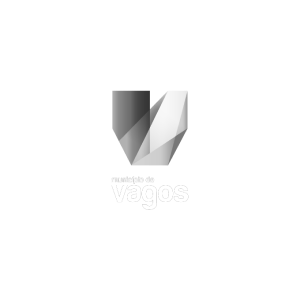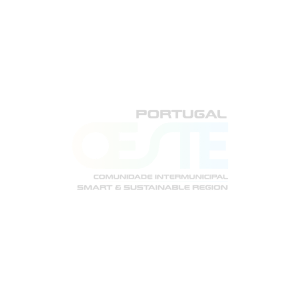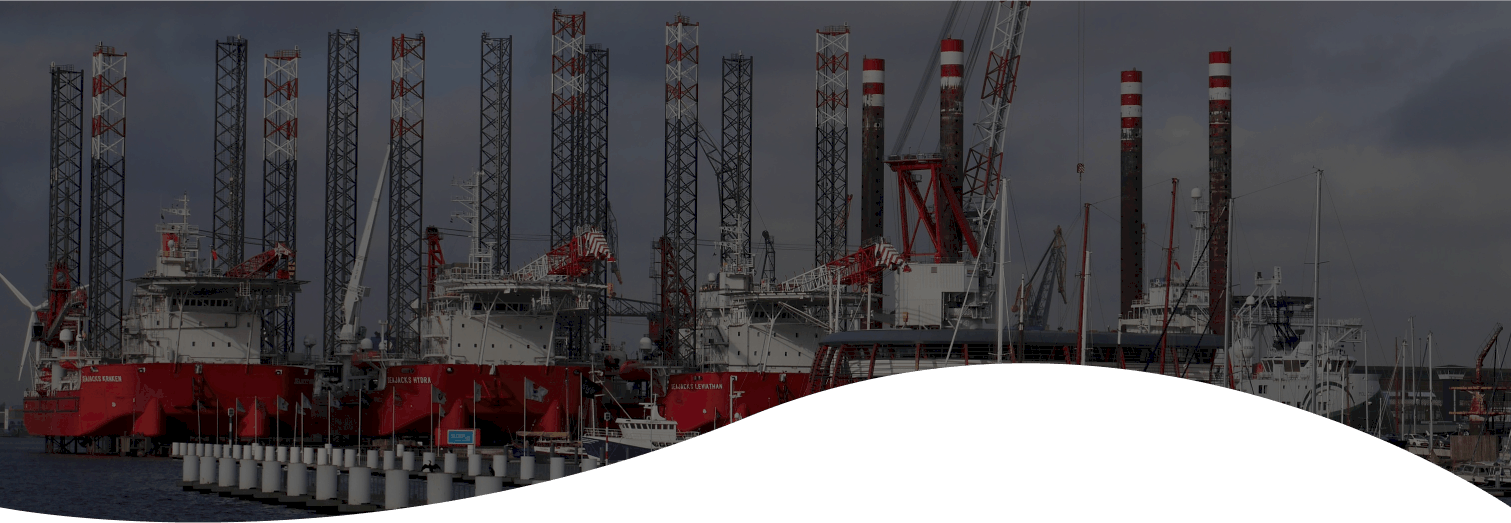
Based on:

Disclaimer:
All the following information is based on the BlueInvest Investor Report, which combines market data with results from an investor survey conducted by BlueInvest. BlueInvest is a European Commission initiative launched in 2019 with the aim to accelerate new ocean-based technologies and solutions to unlock innovation and investment opportunities in the sustainable Blue Economy. It is funded by the European Maritime, Fisheries and Aquaculture Fund (EMFAF).
SHIPBUILDING & REFIT
Definition for the sector
Shipbuilding and refit defines the production of vessels and the delivery of the products and services (marine equipment) needed for the building, maintenance, repair and refitting of the vessels. Companies in the industry operate in shipyards, which are fixed facilities with dry docks and manufacturing equipment. The sector is typically subdivided according to vessel type (cargo-carrying vessels such as bulk carriers, oil tankers, container ships or gas carriers, or passenger-carrying vessels such as ferries or cruise ships), which is the subsector classification used in this report. Alternatively, it can be divided according to vessel size (ships or boats, with the latter tending to be small- to mid-sized vessels with lower carrying capacity than the former) or end user type (the commercial sector – e.g. water transport companies and the offshore energy industry – and the naval sector tend to acquire larger vessels, whereas private individuals, sports clubs, fishing and aquaculture outfits tend to acquire smaller vessels).
DDC Strategy - Digitalize, Decarbonize, Circularise
Green shipbuilding and refit includes the concepts of 'green ship' and 'green shipyard'. 'Green ship' refers to green ship design, which aims to cause minimal damage to the environment by reducing material and energy consumption during construction, recycling parts and accessories removed during maintenance, and reusing as many materials as possible once a ship has been retired. 'Green shipyard' ensures that material and energy resources are used as efficiently as possible during the building phase to reduce emissions during integrated hull construction, outfitting and painting. The sector’s green transition is powered by advances in technology that allow vessels to use propulsion systems and e-fuels to decrease emissions, consume less energy and become more energy efficient.
Fórum Oceano Services for the sector
Business development and internationalization: market intelligence services; organization of business missions and matchmaking; support for investment initiatives; creation of ESG entrepreneurship and business acceleration programmes; support for business internationalization.
Business acceleration, entrepreneurship, digitalization and ESG innovation: implementation of European and extra-European projects focused on innovation ecosystems and networks; support services for the creation of ESG business models; ESG impact assessment services for companies and technologies; support for business financing; support for access to infrastructures for testing ESG technologies, products, and services.
Training, education, and literacy: Creation of technical and higher education training solutions; Development of blue literacy initiatives linked to ESG youth entrepreneurship and knowledge of ESG blue economy professions.
Organizing events and actions to communicate the ESG blue economy: Disseminating knowledge and good practices, fostering collaboration between stakeholders, and highlighting emerging opportunities in the ESG blue economy.
Strategic studies and public policy: Conducting strategic studies to define municipal, regional and national blue economy strategies.
Value Chain

Key Innovations and Technologies
| Innovation | Description | Value Proposition |
|---|---|---|
| Development of advanced materials | The development of advanced and lightweight shipbuilding materials, which traditionally fall into three groups: metals, composites (fire-proof composite hulls) and polymers. New materials are constantly being added to the list (e.g. ceramics, advanced high-strength steel and other nanomaterials). | The aim is to improve safety and reliability of vessels, save weight and increase the efficiency of manufacturing and maintenance processes. The longer endurance of materials also supports circular economies. |
| Digital twin and 3D designing & scanning | The creation of a 3D virtual replica of a physical vessel, which allows it to be virtually designed, optimised and simulated before the physical construction phase is initiated. The twin is a piece of software fed with data (i.e. computer-aided design – CAD - data) that evolves to reflect changes to the physical product. | 3D design and digital twin technologies enable simulation, automation and efficiency of ship design and construction processes. These technologies also facilitate the early detection of potential future hazards in ship design, construction and operation systems, thereby increasing operational efficiency and safety. |
| Virtual reality (VR) and augmented reality (AR) for design review and visualisation | VR consists of placing a person into a digitally created virtual location, which facilitates the process of layering and the identification of design non-conformities; AR consists of digitally enhancing the regular view of a situation, in real time and in a real world situation such as ship maintenance/inspection. | VR and AR solutions allow shipyards to streamline manufacturing processes and improve training and service efficiency through inspection optimisation and field maintenance. One sample use case is skilled workforce being able to perform work remotely without the need to travel to a shipbuilding site. |
| Use of 3D printing and other advanced manufacturing techniques to improve the construction process | A printing technique known as additive manufacturing (AM) that creates and replicates 3D objects by depositing materials (usually) in layers. Instead of requiring the cutting and welding of various alloys, customised and lightweight spare parts and structures are produced on demand via a simple printing process. | The lower-weight materials used in AM are key to maximising fuel efficiency and minimising carbon emissions of vessels. The technique also contributes to process automation, reduces waste by producing custom parts according to specific requirements and improves efficiency. |
| Green shipyard practices | Techniques and approaches to shipbuilding that aim to reduce material and energy consumption and environmental pollution in ship manufacturing and services, recycle the parts and accessories used in ship maintenance and reuse the majority of materials after ship decommissioning. | Green shipyard practices help to minimise the harmful emissions released during the manufacturing, servicing and decommissioning of vessels, thereby aiding to reduce pollution, save resources, improve efficiency and promote a circular economy. |
| Smart, connected shipyards | Smart and connected shipyards are those powered by a scalable, flexible and low-latency 5G network which enables the use of technologies like the internet of things (IoT), big data and AI. | 5G networks combined with IoT, big data an AI solutions enable predictive maintenance and remote technical assistance for shipyards, with the possibility to make immediate corrections, eliminate time-consuming rework and allow for a more efficient construction of safer and more sustainable vessels. |
| Robotics in shipyards | Robots such as vessel- and weld-inspecting drones, underwater scanning and repairing robots and anti-fouling robots that are able to perform welding, blasting, heavy lifting, inspection, scanning and other shipbuilding tasks. | The use of robots is highly desirable in shipyards, especially for repetitive processes,as it increases the efficiency of operations while sparing the labour force the most dangerous tasks191 and helping to plug the labour gap at shipyards. |
| Autonomous ships | Ships controlled remotely, without the need for seafarers to be on board. The ship’s operating system is able to make decisions and determine actions by itself. | Autonomous ships can increase safety and reduce crewing costs, allowing for a more efficient use of space in ship design and a more efficient use of fuel. |
| Eco-ships: renewable sources of energy to power ships | The development of technologies to use renewable sources of energy (wind and sun) in auxiliary propulsion/engine systems instead of conventional energy sources. | The main added value of renewable energy-powered ships is the reduction in harmful emissions and fuel consumption. |
| Eco-ships: alternative fuels and other technologies | Use of new technologies for shipbuilding, such as ballast-free ships, sulphur scrubber systems, waste heat recovery systems, speed nozzles, exhaust gas recirculation systems, advanced rudder, and use of alternative fuels such as hydrogen or liquified natural gas (LNG) in propulsion and auxiliary engines.Examples of eco-ships are hydrogen- and electric-powered fishing vessels that incorporate electric propulsion, exhaust gas scrubbing and airlift systems. | Eco-ships aim to increase fuel efficiency and deliver substantial energy savings while minimising negative environmental impacts such as carbon emissions, ballast water and sediments. |


Blue Economy Barometer


Hub Azul Dealroom


Euronext Lisbon


Blue Invest

Fórum Oceano is the managing entity of the Portuguese Sea Cluster, certified and recognised by the Ministry of Economy and the Sea, the Ministry of National Defence and the Ministry of Planning and Infrastructure.
With the support of

Headquarters
Delegation
© 2025 Fórum Oceano. All rights reserved. Developed by Yacooba Labs

